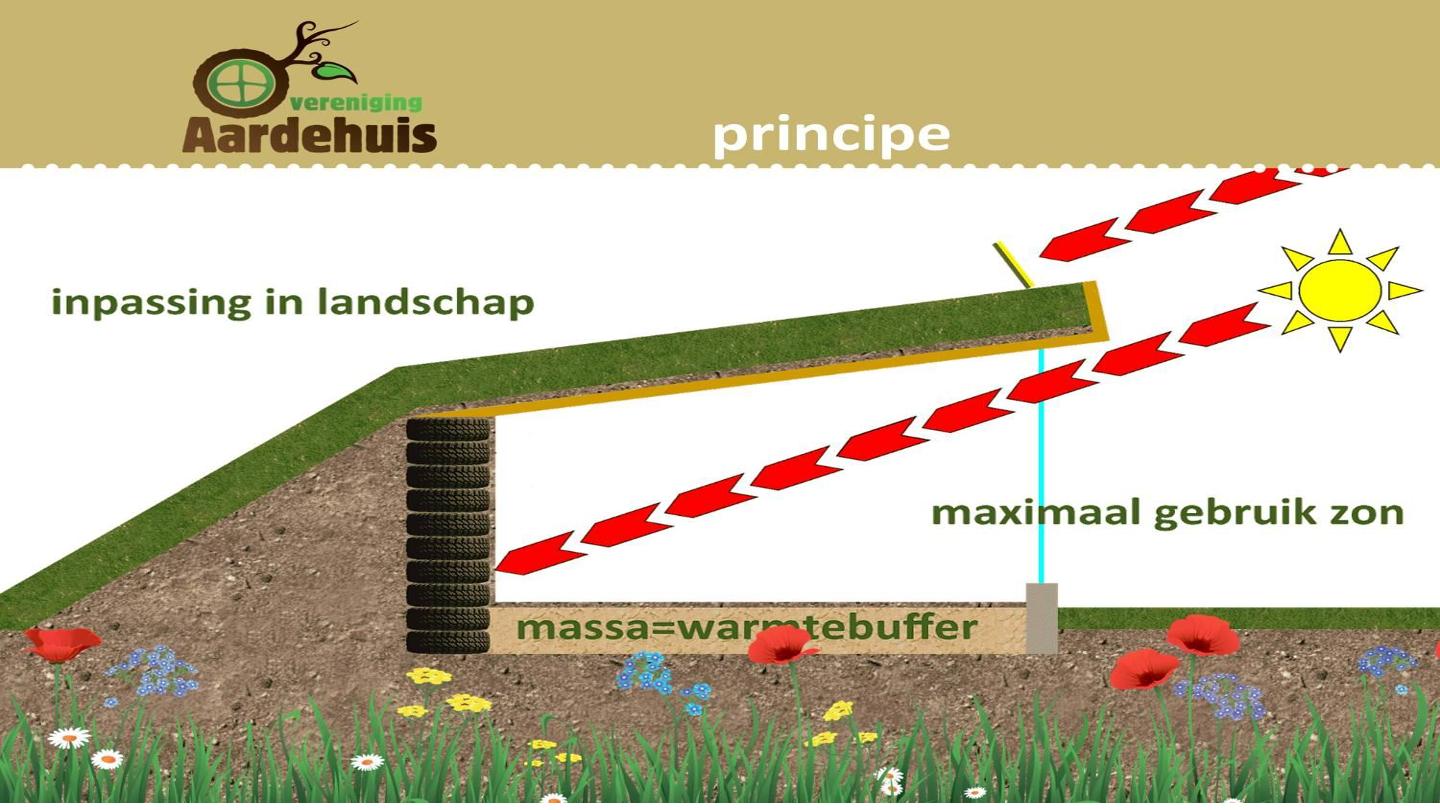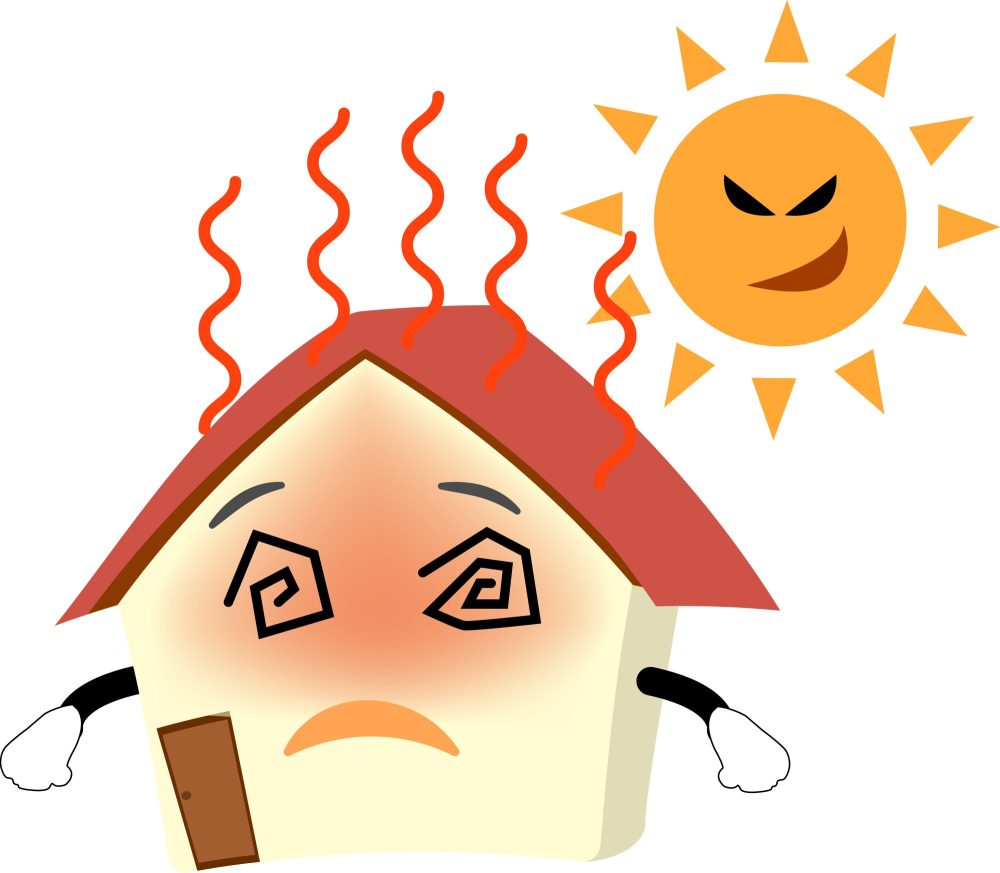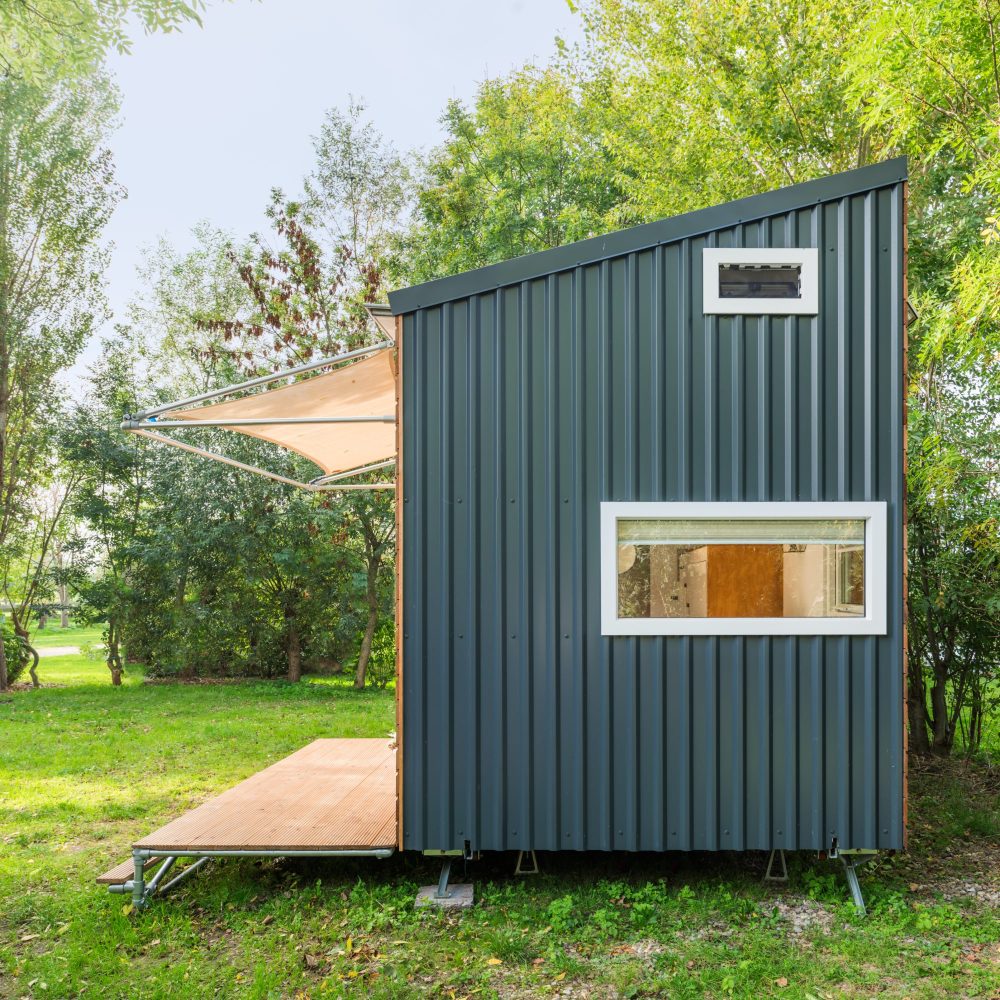When designing your Tiny House, you naturally take the heating of your house into account. But it is just as important to think about cooling. Especially now that our summers are getting hotter due to climate change. This is so important, that cooling of new houses is now included in the new Dutch building regulations: the BENG standard.
It is advisable to take cooling into account early in the design phase of your house and even garden. That way you can apply passive cooling methods. But there are also mechanical solutions. In this blog article we list the high- and low-tech options for you.
A tiny word about the BENG standard: all new-build homes in the Netherlands must comply with the BENG (nearly energy neutral buildings) that is effective since January 1st 2021, Tiny Houses included. TOJuly is an additional requirement to prevent overheating in homes, which is based on the temperature exceedance in the month of July. If you want to know more about the BENG and TOjuli, we recommend that you read this blog on the website of Marjolein in het klein.
Passive cooling
Positioning and windows
With the positioning of your house on the plot and the strategic placement of windows, you can provide more or less opportunity for the sun to enter the house. Most people like to place a lot of south-facing windows. That’s nice in the winter when you want to catch the warmth of the sun in the house, but in the summer things will get pretty steamy. East-facing windows or skylights bring the sun into the house in the morning, when it is not yet at its strongest, but in the afternoon they mainly bring light and no heat. In winter it is nice to be able to use solar power to heat up your house. You can keep this balance more easily with an overhang.

Add an overhang to your design
By an overhang, we mean that your roof extends slightly over your house. With a correct slope you keep the sun out in the summer, while in the winter the low-hanging sun can enter and heat up your house. This principle is mainly used in earthen houses, but can of course be applied in any home.
Image above courtesy by : Vereniging Aardehuis Olst
Plants
Trees provide shade and provide cooling in your home and garden through the evaporation process in the leaves. Research by the University of Wageningen even shows that some trees provide the equivalent of 10 air conditioners in cooling. A green garden and healthy soil also retain more moisture, so that your house and garden remain at a more pleasant temperature. The more stone and tiles you add to your garden, the warmer it will be in summer.
Image courtesy by: EcoCabins
Green roof
You can also add plants to your roof in the form of a green roof, with grasses and/or sedum. This adds a layer of insulation to your roof, so that your house heats up less quickly, and the evaporation process in the leaves also plays a role for the cooling of your house. The color also makes a difference: where a black EPDM roof attracts heat, a green roof will do so to a much lesser extent. According to landscape architect and green consultant Dirk Roosendaal, this makes a significant difference: “A standard bitumen roof can heat up to 80 degrees in the summer. With a green roof you lower that to 30 degrees.” (Source: One World)
Sun protection
Keeping the sun outside as much as possible during the hottest hours of the day is of course an important measure that you can achieve with sun protection. Close windows and doors and close the curtains during the day. Sun protection that is on the outside of your facade is the most effective. For example, think of shutters, awnings and shade cloths. Inside the house you can choose from various types of curtains and shutters. The thicker the curtains are, the better they insulate. A good example are blackout pleated curtains, which not only keep out light but provide additional insulation due to the structure of chambers containing air. This keeps the cold outside better in the winter, but it also keeps the house cool for a little longer in the summer.
Insulation and ventilation
When you think of insulation, you often think of keeping your home warm for as long as possible. However, it works just as well the other way around: the better insulated your house is, the longer it stays cool in summer. As long as you don’t let the sun shine through the windows unhindered, of course. Windows are the easiest way for heat to enter, but you can also use them to start an airflow in your home. You don’t want that during the hottest part of the day, but in the evening you can quickly blow the heat out of your house with windows open opposite each other. Think about this when you design your house.
Mechanical cooling
Air conditioning
More and more people are choosing to install an air conditioner in their home. Even in an off-grid Tiny House you probably have enough power from the solar panels in the summer to run a small air conditioner. Keeping small houses cool in the summer is a real challenge. If you have small children or pets that do not tolerate heat well, it is extra important to have your cooling in order and you can buy an air conditioner online. There are also air conditioners that can not only cool but also heat, these are also called air-to-air heat pumps.
Fan
A fan does not cool the air but initiates an airflow, which makes it feel a bit cooler. Some fans also use water mist. A small table fan on your desk can help. A fan is cheaper than an air conditioner and consumes less power, but also cools less well.
Do you have a mechanical ventilation system in your Tiny House? Then it can be a good idea to turn it off during the day on hot days, otherwise it will suck in the warm air from outside your house.
A combination of the above measures will ensure that you can live comfortably in your Tiny House on those balmy summer days.






Leave a Reply